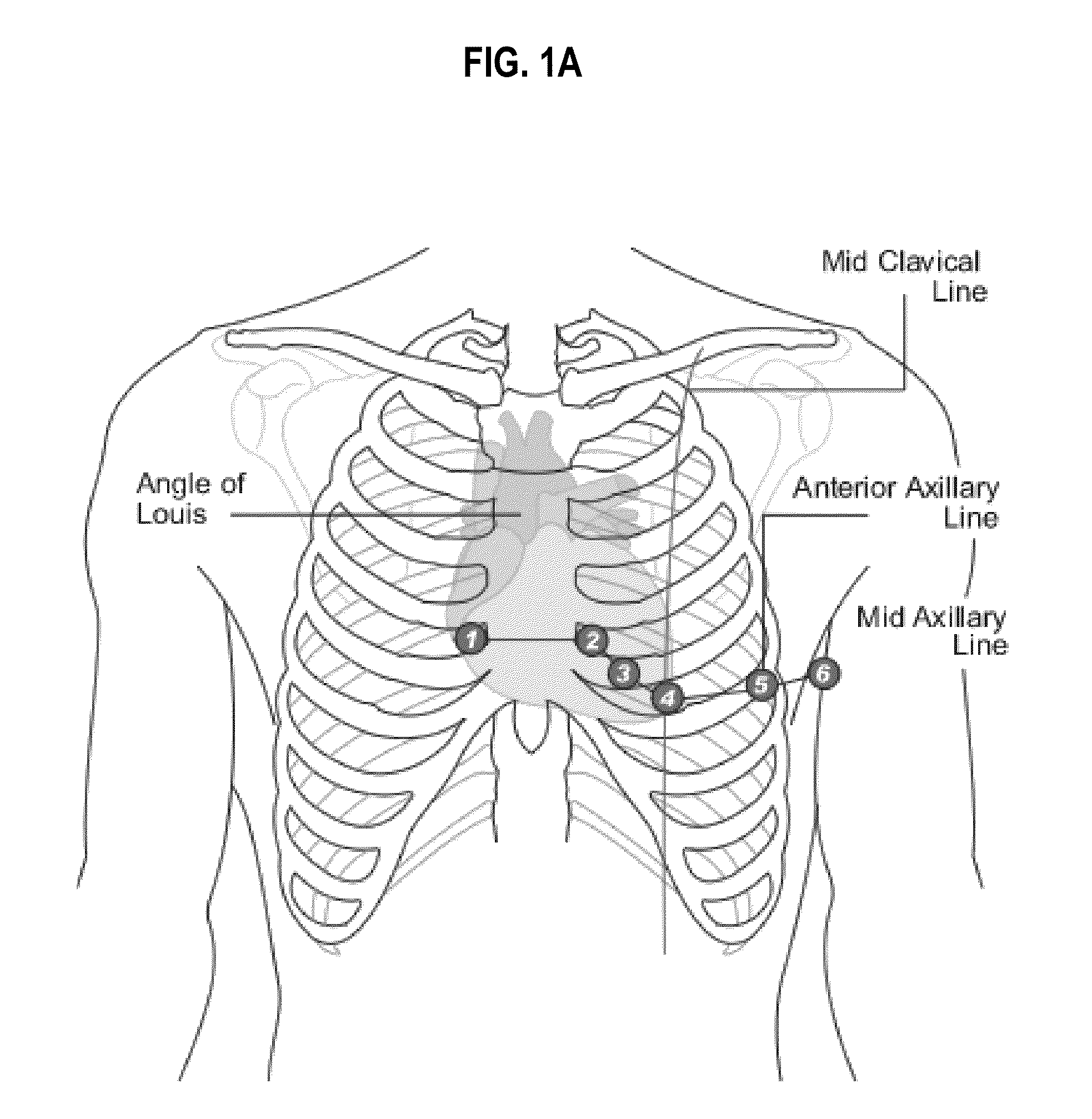Techniques for Predicting Cardiac Arrhythmias Based on Signals from Leads of Electrocardiography
a technology of electrocardiography and cardiac arrhythmia, which is applied in the field of electrocardiography-based cardiac arrhythmia prediction based on signals from electrocardiography leads, can solve the problems of insufficient robust prediction models based on clinical variables to guide poaf prophylactic therapy, and the benefits of indiscriminate use of prophylactic therapy have not been shown to outweigh the risks
- Summary
- Abstract
- Description
- Claims
- Application Information
AI Technical Summary
Benefits of technology
Problems solved by technology
Method used
Image
Examples
Embodiment Construction
[0016]Techniques are described for predicting cardiac arrhythmia as a risk of incidence of such arrhythmia based on signals from three or more leads of electrocardiography. In the following description, for the purposes of explanation, numerous specific details are set forth in order to provide a thorough understanding of the present invention. It will be apparent, however, to one skilled in the art that the present invention may be practiced without these specific details. In other instances, well-known structures and devices are shown in block diagram form in order to avoid unnecessarily obscuring the present invention.
[0017]Some embodiments of the invention are described below in the context of determining the risk of incidence of atrial fibrillation as a hazard ratio. However, the invention is not limited to this context. In other embodiments the same parameters are used to determine the risk of incidence of the same or other arrhythmias, such as atrial flutter and atrial tachyc...
PUM
 Login to View More
Login to View More Abstract
Description
Claims
Application Information
 Login to View More
Login to View More - R&D
- Intellectual Property
- Life Sciences
- Materials
- Tech Scout
- Unparalleled Data Quality
- Higher Quality Content
- 60% Fewer Hallucinations
Browse by: Latest US Patents, China's latest patents, Technical Efficacy Thesaurus, Application Domain, Technology Topic, Popular Technical Reports.
© 2025 PatSnap. All rights reserved.Legal|Privacy policy|Modern Slavery Act Transparency Statement|Sitemap|About US| Contact US: help@patsnap.com



